The Getty’s PST Art: Art & Science Collide, the third iteration of the region-wide art initiative, offers a cornucopia of new exhibitions and other manifestations at art spaces across Southern California—more than 70 of them jockeying for attention. Parsing the whole lineup can be overwhelming, but some shows, installations, artists and individual objects rise above the fray for a range of reasons. Here we highlight eight standouts.
Most tree-hugging exhibition
Rob Grad, The Holes That Can’t Be Filled, 2023, from Desert Forest: Life with Joshua Trees at the Lancaster Museum of Art and History Courtesy of the artist. ©Rob Grad.
The Joshua tree, with its twisted branches, has become emblematic of the Southern California desert, and curator Sant Khalsa is using it as part of an urgent environmental story in the exhibition Desert Forest: Life with Joshua Trees (until 29 December) at the Lancaster Museum of Art and History. “The overall theme of the exhibition is that Joshua trees are threatened by the changing climate, development, industrial solar, wind power and wildfire,” she says. More than 50 artists are included, and their works “vary greatly, sometimes being poetic, abstract, meditative or didactic”.
Most colour-centric exhibition (tie)
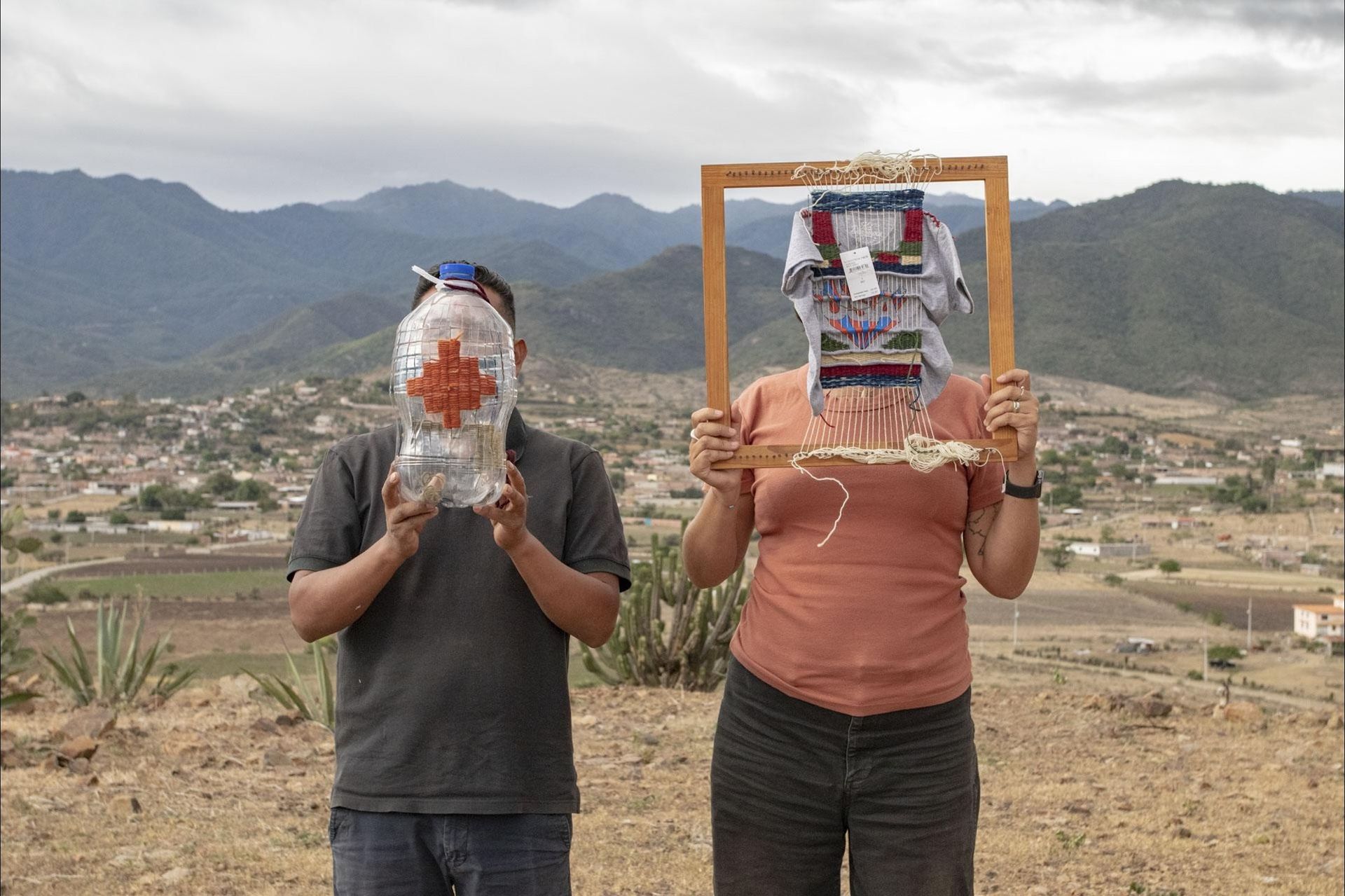
Artists Porfirio Gutiérrez and Tanya Aguiñiga hold their weavings in front of their faces on a hill near Gutiérrez’s hometown in Teotítlan del Valle, Oaxaca Photo: Javier Lazo Gutiérrez
While many Americans are embroiled in heated debates about political parties symbolised by red and blue, two exhibitions in PST Art are focused on those colours in the form of cochineal and indigo, two early sources of dye and pigmentation. Sangre de Nopal/Blood of the Nopal: Tanya Aguiñiga & Porfirio Gutiérrez en Conversación/in Conversation (until 12 January 2025) at UCLA’s Fowler Museum features the California artists Tanya Aguiñiga and Porfirio Gutiérrez, who specialise in fibre arts and use cochineal in tapestries and other work. The prized red of cochineal derives from a humble insect living on the prickly pear cactus and was cultivated and processed by the Zapotec starting around 500BCE. Later it became an important export of Mexico under Spain. The exhibition looks at that history and how the contemporary artists use cochineal to raise awareness of ancestral knowledge and collective memory. The second part of the exhibition opens at the Museum of Contemporary Art Santa Barbara on 6 October.
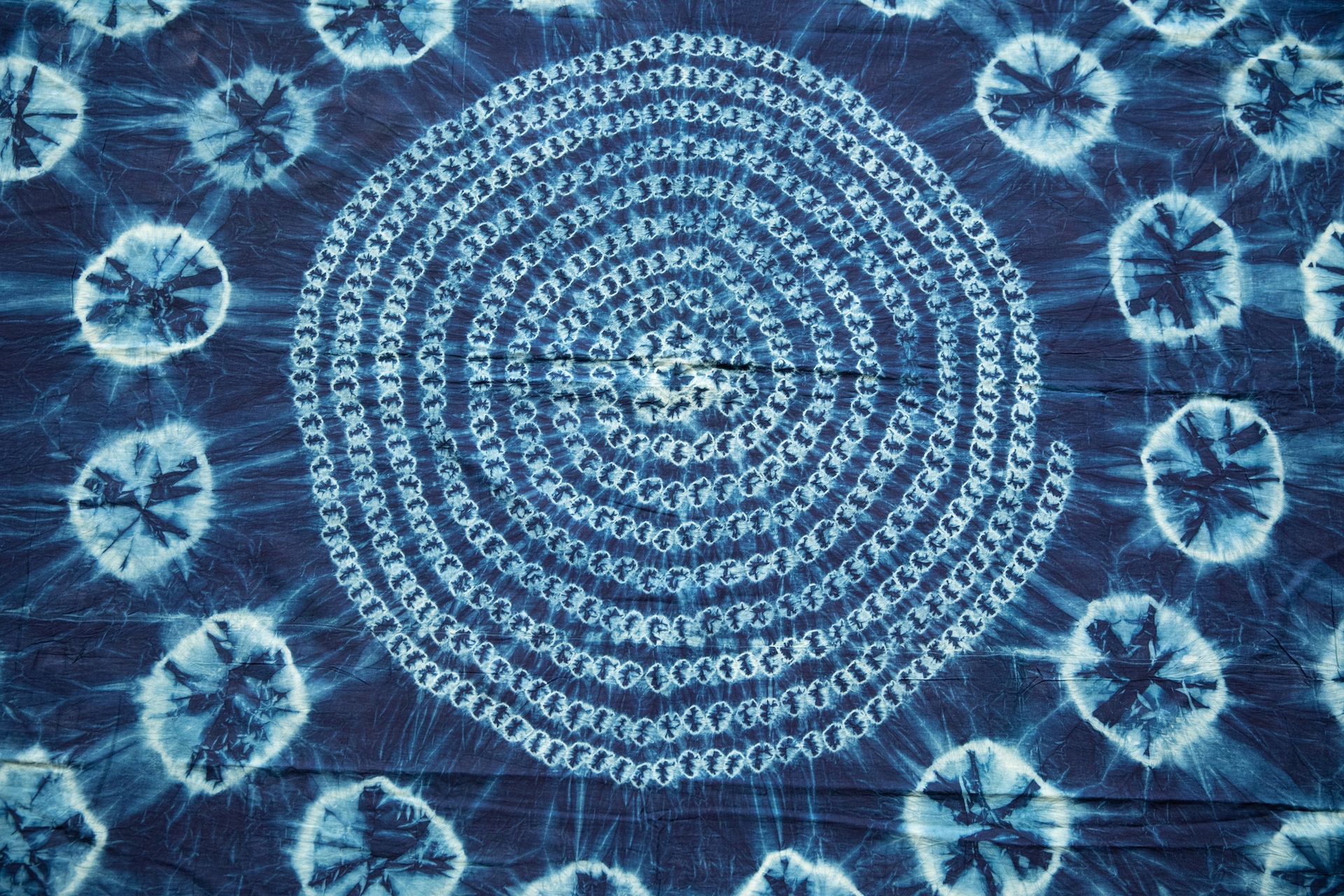
Cotton and indigo prestige cloth wrapper, 20th century, Nigeria, Yoruba people, from Blue Gold: The Art and Science of Indigo at the Mingei International Museum Collection Mingei International Museum. © Mingei International Museum.
At the Mingei International Museum in San Diego, Blue Gold: The Art and Science of Indigo (until 16 March 2025) presents the history of the production and distribution of indigo, a plant found worldwide that produces a deep blue dye after processing. Around 180 objects from 30 countries are used to tell its story, from Japanese kimonos to Levi’s jeans, objects both from the Mingei’s collection and on loan. The exhibition also shows how contemporary artists (including Porfirio Gutiérrez) are using the material.
Most apt mascot for museums
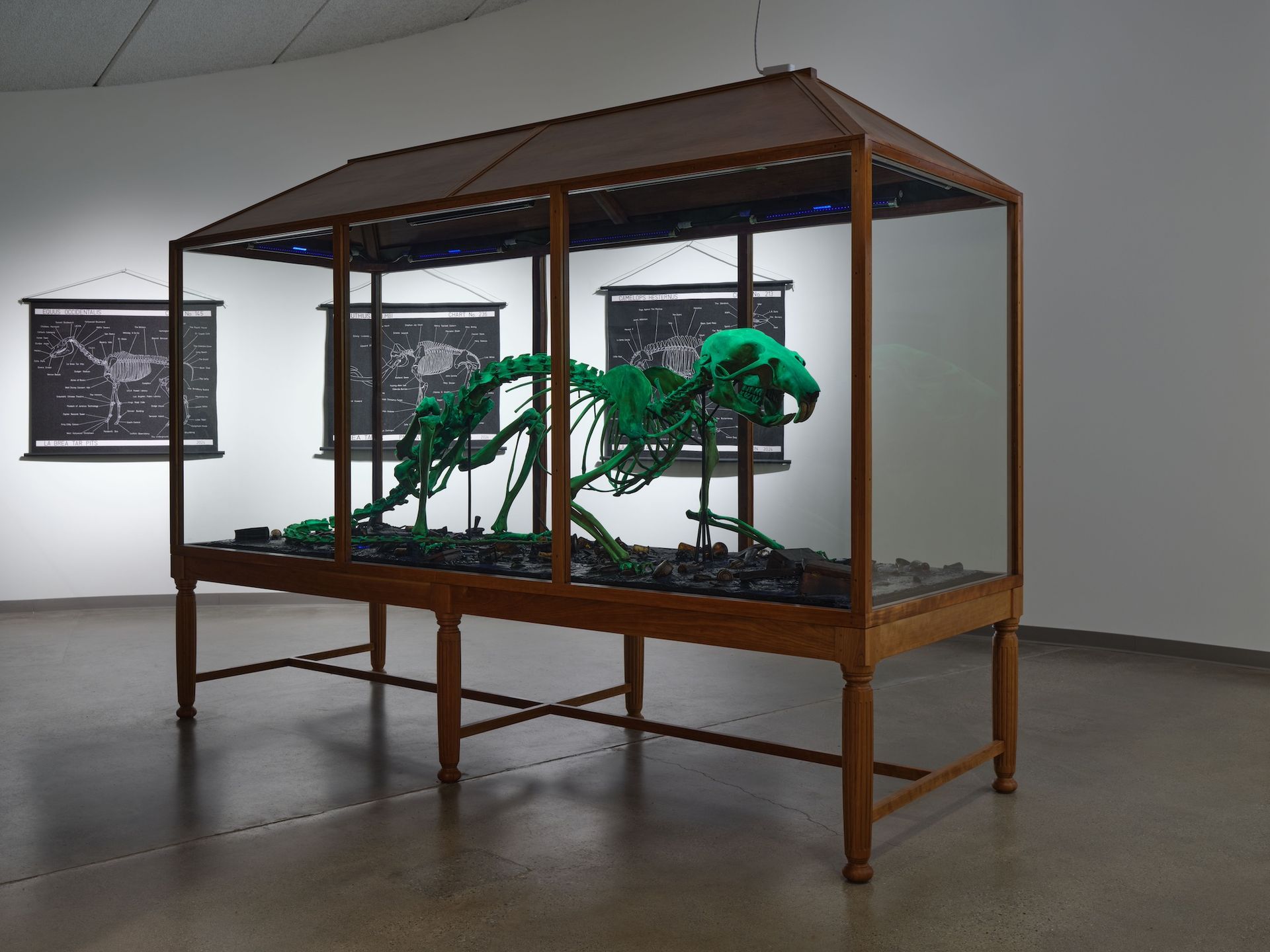
Installation view of Mark Dion: Excavations Courtesy of Natural History Museum of Los Angeles County, Mark Dion, Tanya Bonakdar Gallery. Photograph by Paul M. Salveson
The green skeleton of an oversized pack rat sits in a central display case in Mark Dion’s project at the La Brea Tarpits and Museum, Mark Dion: Excavations (until 15 September 2025), with notebooks and lab flasks scattered around its paws. Dion had a residency here and suggests that museums behave much like these rodents. “They gather, they hold things, very much like a pack rat,” he says during an exhibition walkthrough. “They are these keepers of history, of knowledge and materials.”
Most zen experience
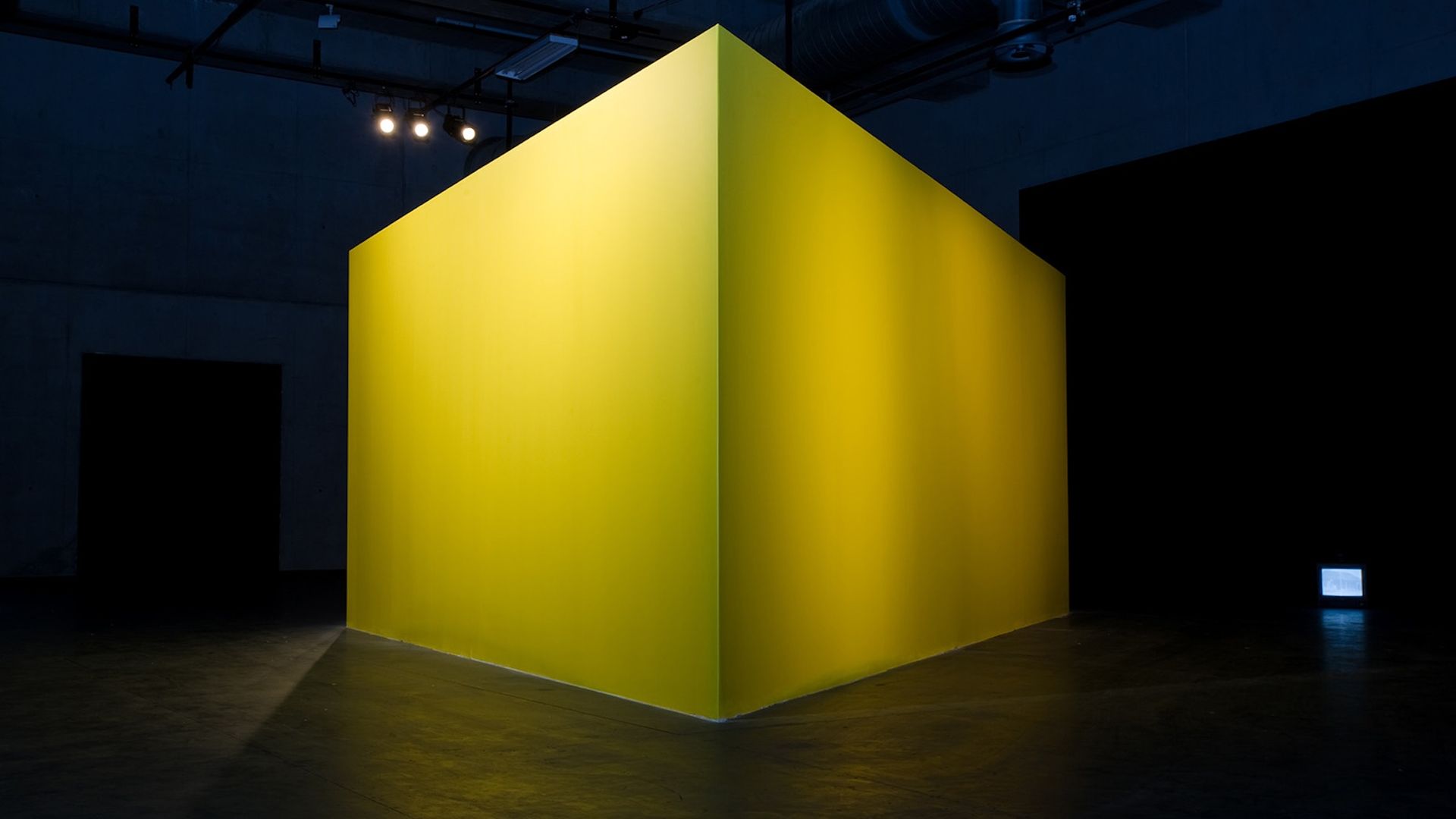
David Haines and Joyce Hinterding, Telepathy, 2008, from Energy Fields: Vibrations of the Pacific at Chapman University Photographer: Michael Myersm, courtesy the artists.
Anyone feeling overwhelmed by all of PST Art’s offerings should drop into Telepathy (2008), an installation by David Haines and Joyce Hinterding consisting of a large yellow cube. It is on view at Chapman University as part of Energy Fields: Vibrations of the Pacific(until 19 January 2025), a group show curated by Robert Takahashi Novak and Lawrence English. Enter Telepathy through a door and you will find yourself in an anechoic chamber—a space that shuts out all outside sounds and all echoes, so that you can focus on your own body, its breath and vibrations.
Oldest manmade object (in Mapping the Infinite)
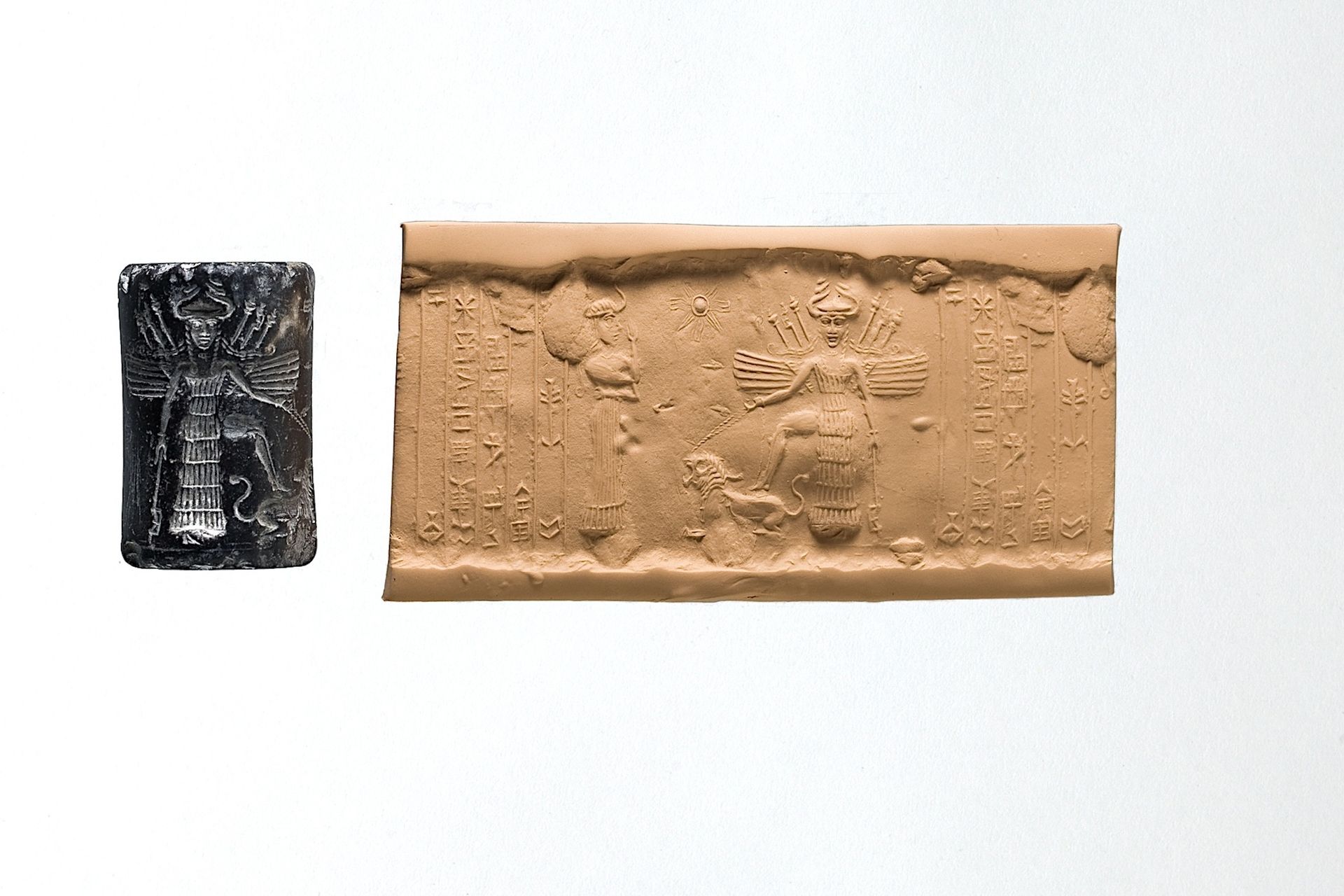
Cylinder Seal: Goddess Inanna (Ishtar) in her Warrior Aspect with a Lion and the Planet Venus, Approached by a Worshipper, Iraq (Akkadian), around 2334BCE-2154BCE, featured in Mapping the Infinite: Cosmologies Across Cultures at the Los Angeles County Museum of Art Institute for the Study of Ancient Cultures, University of Chicago
The oldest manmade object in the Los Angeles County Museum of Art’s (Lacma) epic exhibition Mapping the Infinite: Cosmologies Across Cultures(20 October-2 March 2025)—and one of the oldest objects across all the PST Art shows—is a Mesopotamian seal: a small limestone cylinder over 4,000 years old with an indented design that could be rolled onto soft clay. This one features the goddess Inanna (later known as Ishtar) in a fierce stance with quivers of arrows behind her shoulders and one foot on the back of a lion which she controls on a leash. Next to her is an eight-pointed star, representing Venus, her celestial manifestation.
“This seal was most likely worn as an amulet,” says Stephen Little, lead exhibition curator and the museum’s curator of Chinese art. “Inanna (Ishtar), goddess of love and war, was the most powerful female deity in the Mesopotamian pantheon, and venerated both as a protector and as one of the celestial sources of the reigning king’s power.”
Most ubiquitous artist
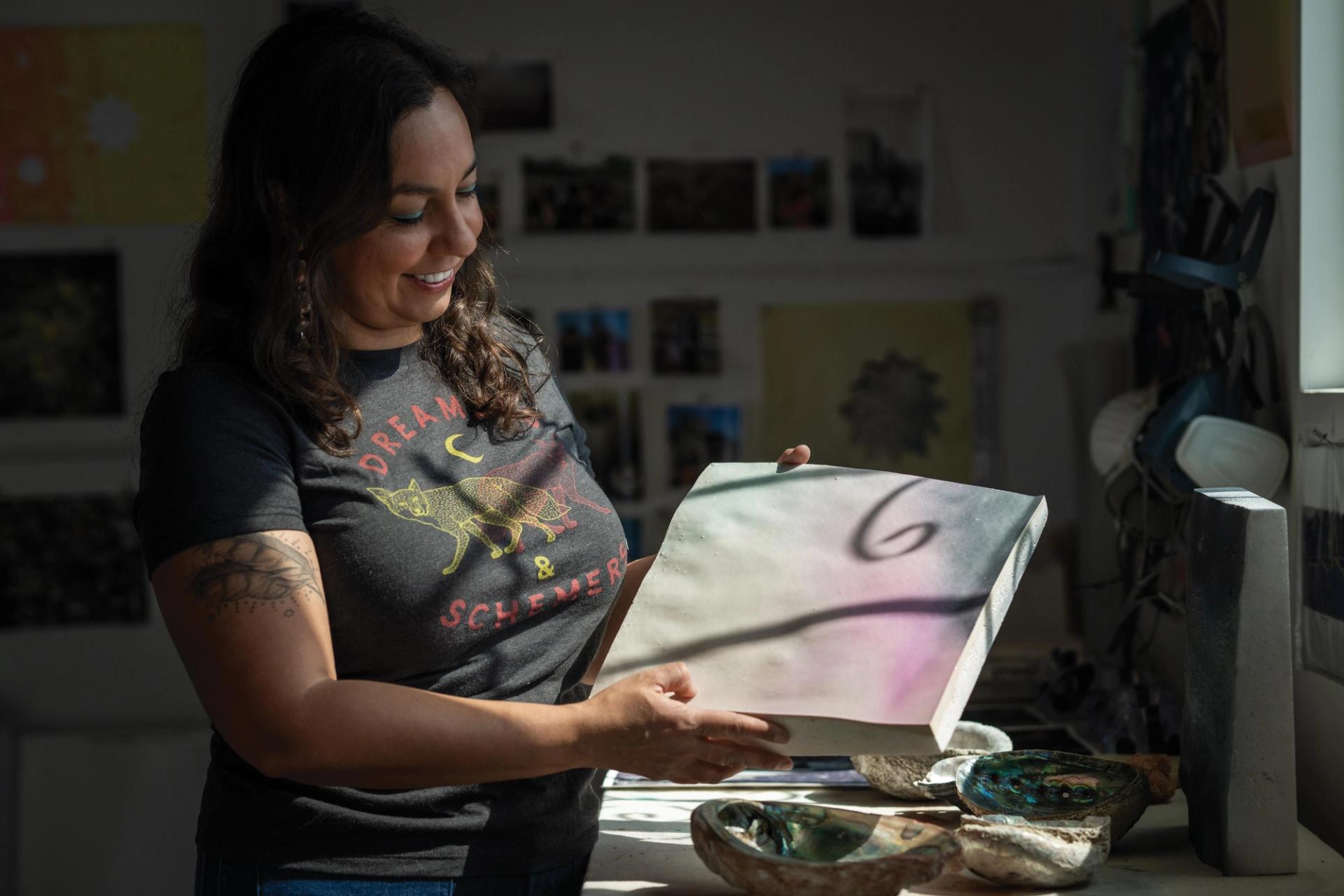
Mercedes Dorame at work in her studio © 2023 J. Paul Getty Trust
Several artists appear in more than one PST Art exhibition, but Mercedes Dorame has pulled off an impressive feat, with works in seven different shows, including two organised by Lacma: an installation in Cosmologies and photography in the forthcoming Nature on Notice: Contemporary Art and Ecology (at the Charles White Elementary School gallery, 21 December-2 August 2025). In the installation, she wants to convey “this idea of being a portal and referencing the first people of Los Angeles,” says Dorame, a member of the Tongva. The work includes multiple elements, such as “painted canvases that are kind of star mapping” and a soundscape incorporating ancestral Tongva recordings and songs. She has another installation in From the Ground Up: Nurturing Diversity in Hostile Environments(until 23 February 2025) at the Armory Center for the Arts in Pasadena. Several PST Art exhibitions are featuring her photographs taken in and around the Channel Islands, her ancestral lands.
Most timely flood preparedness model
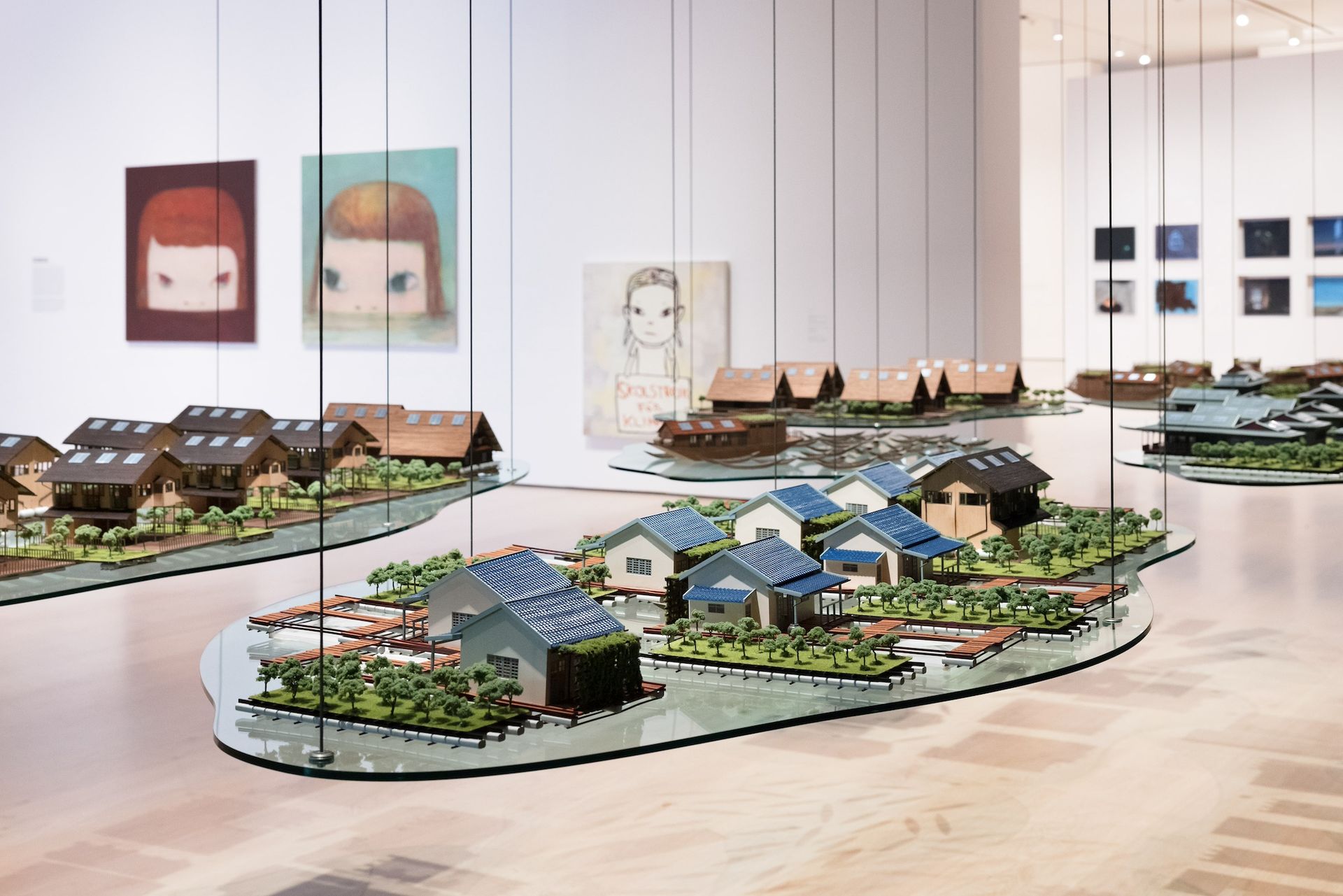
Installation view of Breath(e): Toward Climate and Social Justice at the Hammer Museum, Los Angeles, featuring Tiffany Chung’s stored in a jar: monsoon, drowning fish, color of water, and the floating world (2010-11) Photo: Sarah Golonka
From heat waves and droughts to floods, climate change is making extreme weather events more extreme—and the need for attention to the problems more urgent. Artists address environmental issues head-on in Breath(e): Toward Climate and Social Justice (until 5 January 2025), an exhibition co-curated by Glenn Kaino and Mika Yoshitake at the Hammer Museum. While some featured artists offer fanciful ruminations, Tiffany Chung’s installation, stored in a jar: monsoon, drowning fish, color of water, and the floating world (2010-11), is a large-scale model incorporating elements of traditional villages in Cambodia, Vietnam, Thailand, India and Japan that have adapted to and learned to live with seasonal flooding.
Most direct reflection on our mortal coil
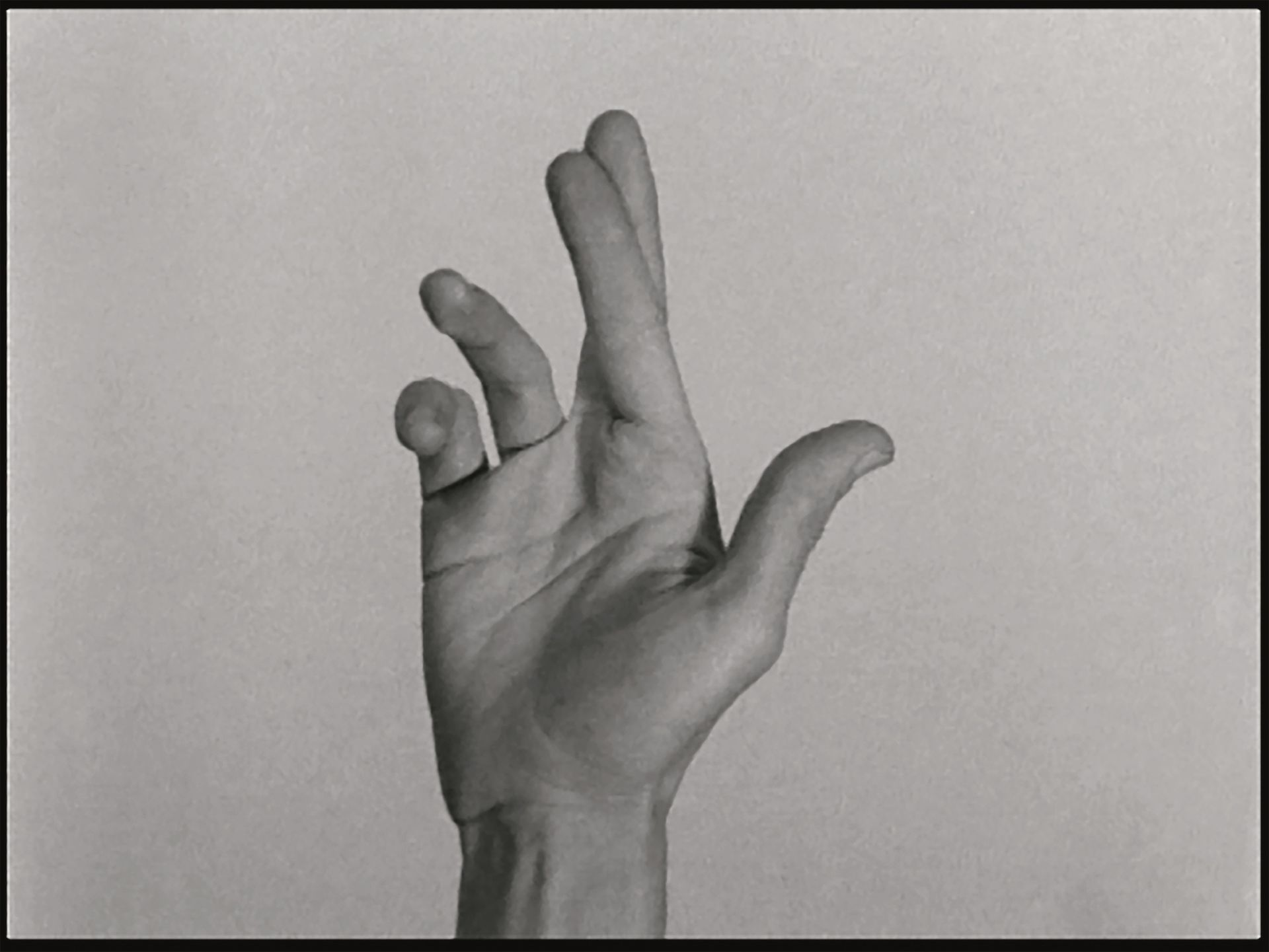
Yvonne Raiher, Hand Movie, 1966 (still), featured in For Dear Life: Art, Medicine, and Disability at the Museum of Contemporary Art San Diego © Yvonne Rainer, Courtesy of Video Data Bank, School of the Art Institute of Chicago
A black-and-white photograph of a hand in midair opens For Dear Life: Art, Medicine, and Disability (until 2 February 2025) at the Museum of Contemporary Art San Diego in La Jolla. It is a still from Yvonne Rainer’s Hand Movie (1966), created when she was recovering from surgery and experimenting with how her hand might be as expressive as her body when dancing. It launched Rainer’s film-making practice. The exhibition “attempts to narrate the history of recent art, going back to the 1960s, through the lens of illness and disability”, says Jill Dawsey, senior curator at the museum, who co-curated For Dear Life with Isabel Casso. “Since the pandemic, all of us are more aware that what we share is our bodily vulnerability, our mortality.”
The full lineup of PST Art: Art & Science Collide programmes is available online





















